SCORE YOUR COMPETITION A GOAL! How to increase engagement with instagram filters?

Because of the advancement of digital tools, interactive advertising has achieved positioning and receptivity since its inception. This methodology seeks to involve the viewer, so that they understand and obtain better information from the brand. Today companies are forced to be creative and constantly innovate to impress users, especially in the new digital era and with the rise of social networks. In this scenario of consumer prominence in cyberspace, offering an entertaining and relevant experience is very favorable for companies, especially when it comes to promoting their brands. It is not a secret that advances in technology allow us to participate in experiences that are increasingly close and immersive, through the use of a cell phone or a computer. The interactive advertising format chosen by companies also depends on the origin of the product or service they offer. For example, in the case of video games, the “demo” undertakes this type of interactivity that motivates the public to be closer to the brand.
Engagement is precisely the goal of interactive advertising. Achieving closeness and conversation with the client can only be achieved by being at the forefront, knowing their passions and finally convincing them so that they are motivated to discover our brand. To do this, you have to be quite creative, highlight very well the characteristics of the products/services that are promoted, and clearly define the target audience.
An advertising interactivity tool that gains more strength in engagement and that is extremely useful for brands are the instagram filters, which are becoming more common for users every day, since their use and Augmented Reality have taken greater relevance, especially in stories.
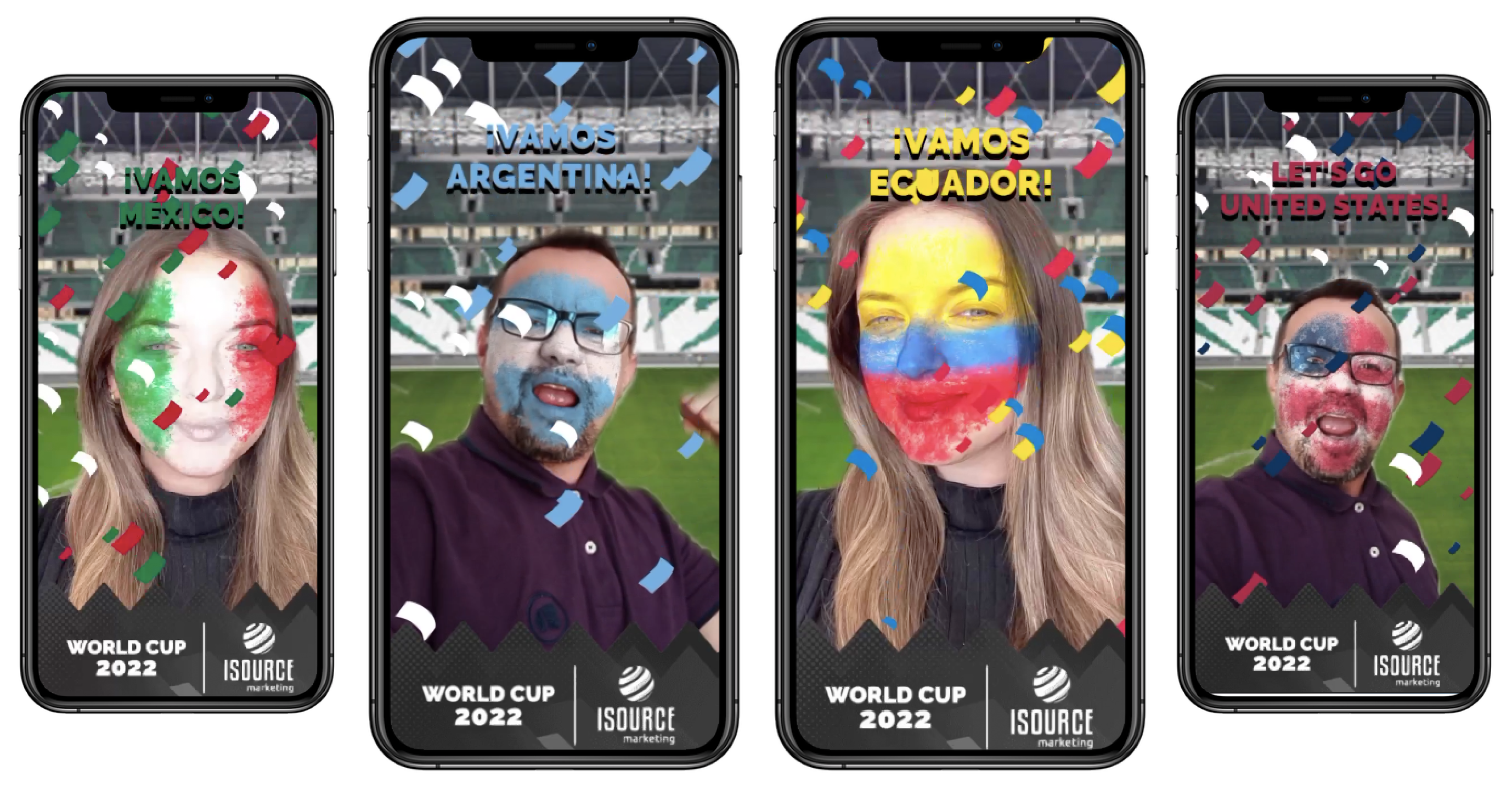
The scoring reality
The main advantage offered by augmented reality is that its distribution is much more massive and simple and the best proof of this are the Instagram filters, since more and more brands are using this tool to reach their consumers. But it’s not just about “reaching and impacting” it’s about finding new ways to interact with users and offer them experiences that really motivate them to try and that they want to do word of mouth. The main idea is to generate brand content that can become an entertaining, useful and relevant method for users. And this is where the great opportunity for developers and brands comes in, since these platforms are at the forefront and have wanted to provide these tools, opening this opportunity to all those who want to create and innovate. According to recent figures from Meta, 500 million Instagram accounts upload stories daily, of which 75% include some Augmented Reality filter.
Given this scenario, several companies have seen this format as a business opportunity and a new way of communicating with their customers, through the creation of their own corporate Instagram filters, and as an optimal tool to increase engagement with interactivity. on social networks.
A good marketing strategy and plan is required, but above all, a large dose of innovation and surprise. For this, it is essential to follow 5 main steps to achieve optimal engagement with tools such as filters on Instagram:
- Inform: The content must add value. Contributing elements such as humor or surprise will help to tell a story and develop a message that does not focus solely on the advertising aspect.
- Know the product and the market: We must know what campaigns have been carried out previously and how they have worked, what are the current market trends and what type of messages or tools impact customers. In addition, the company must be very clear about the objectives of its campaign and the type of audience it is targeting.
- Immediacy: It is very important to capture the user’s attention quickly. Generate their interest in a few seconds and arouse curiosity so that they interact in the longest possible time.
- Direct contact: Interactive content must provoke the interaction of the viewer with it virtually through different impressive technologies such as augmented reality in filters.
- Go viral: In addition to interacting with the filter, the idea is for the user to share their photo or story on their profile and invite their friends and community to also use it as an innovative and fun tool that can go viral and thus benefit your brand.
What are you waiting for to create a filter for your company?
We know the importance of branding in your company, and we also know that a correct positioning strategy is one of the first steps to achieve success. At Isource Marketing we are ready to help you create that filter for your company and your clients that is creative, fun but above all remembered. Visit our latest Filter on this World Cup, support your favorite team and have fun with your family and friends: https://www.instagram.com/ar/644582877165615/




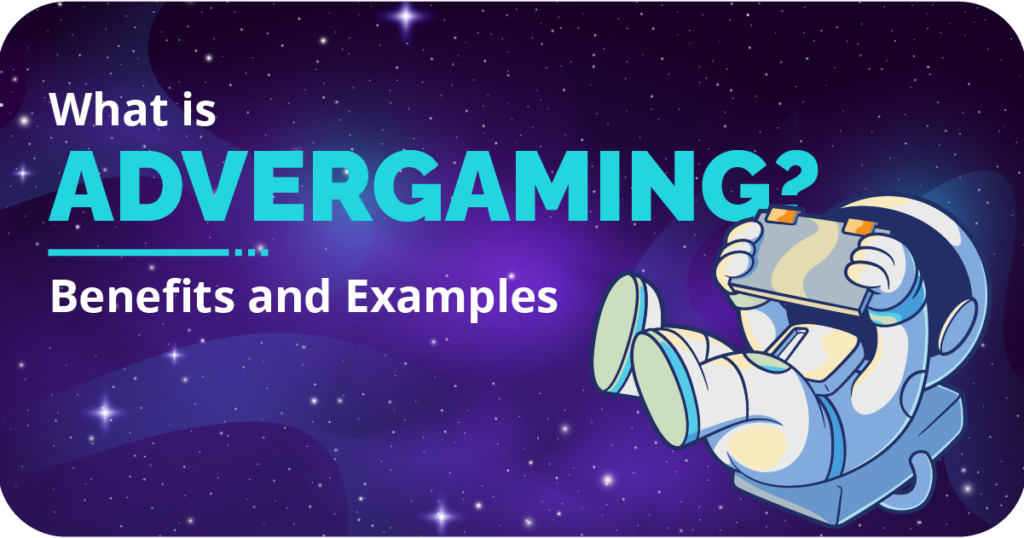


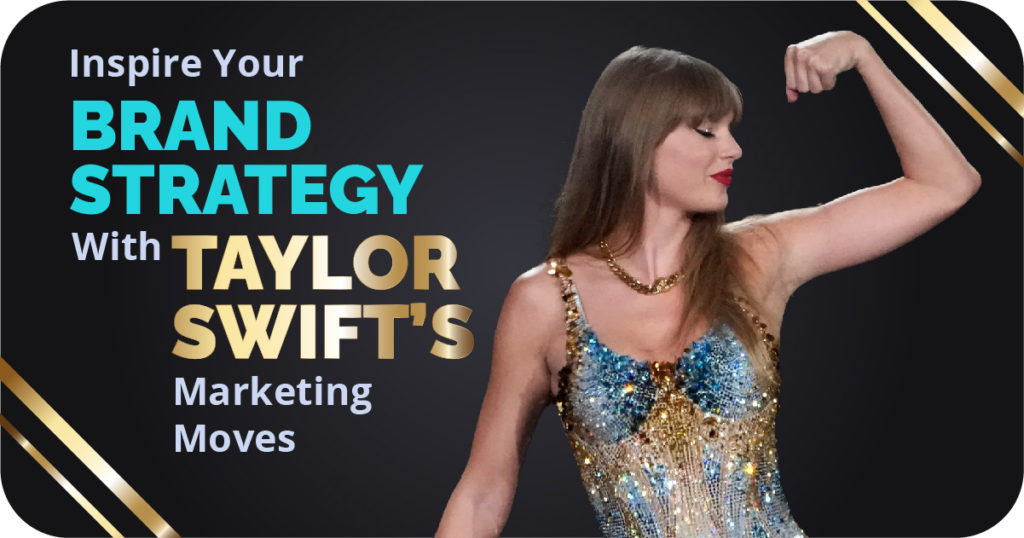
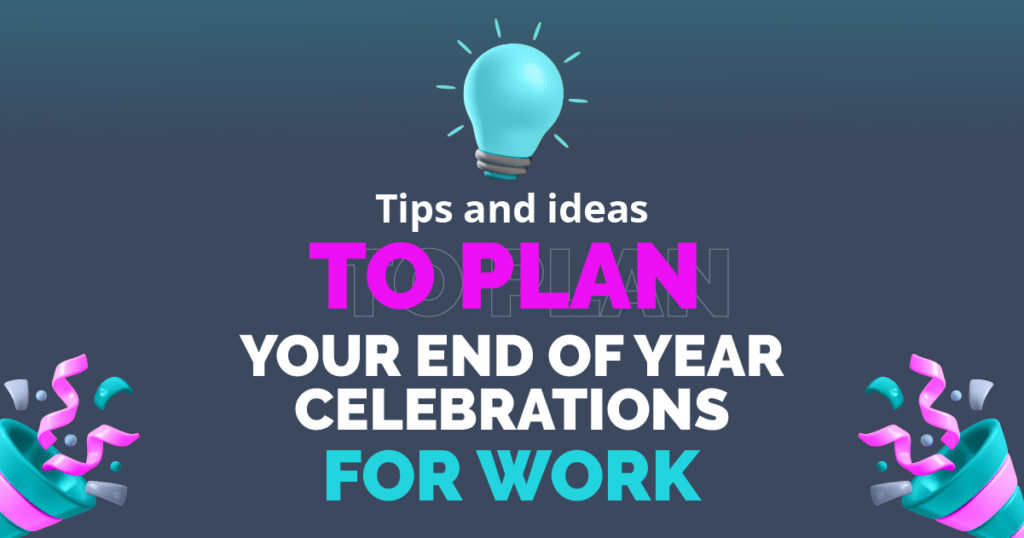
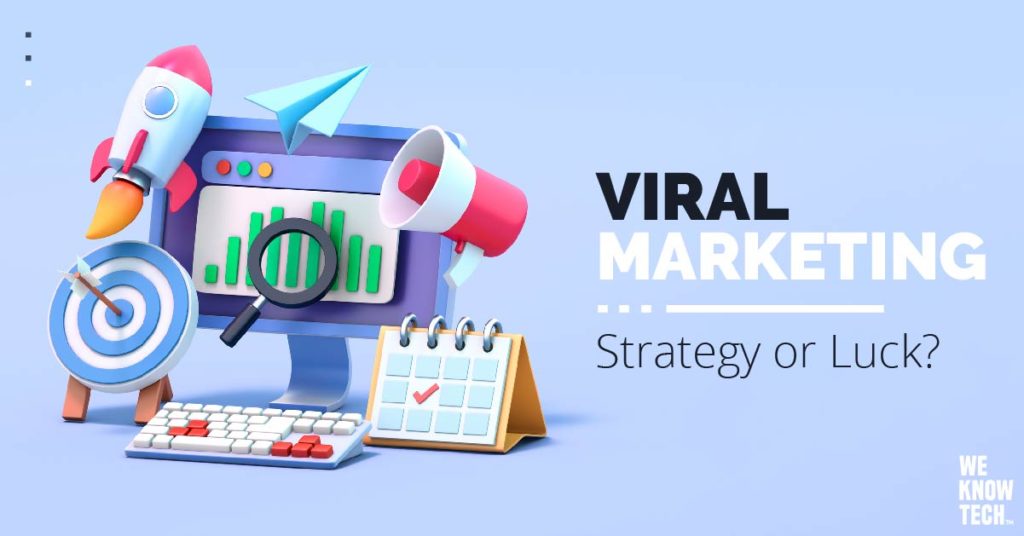
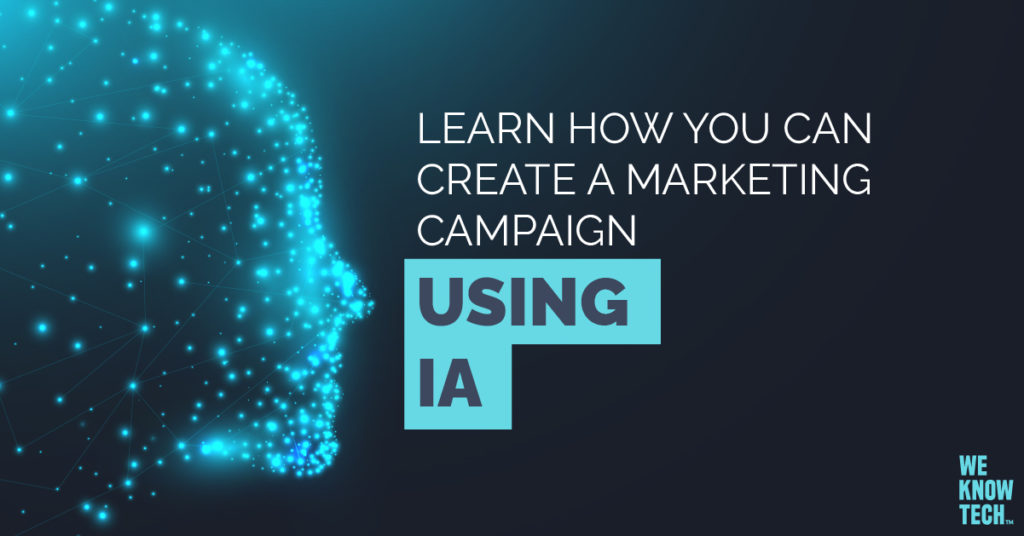
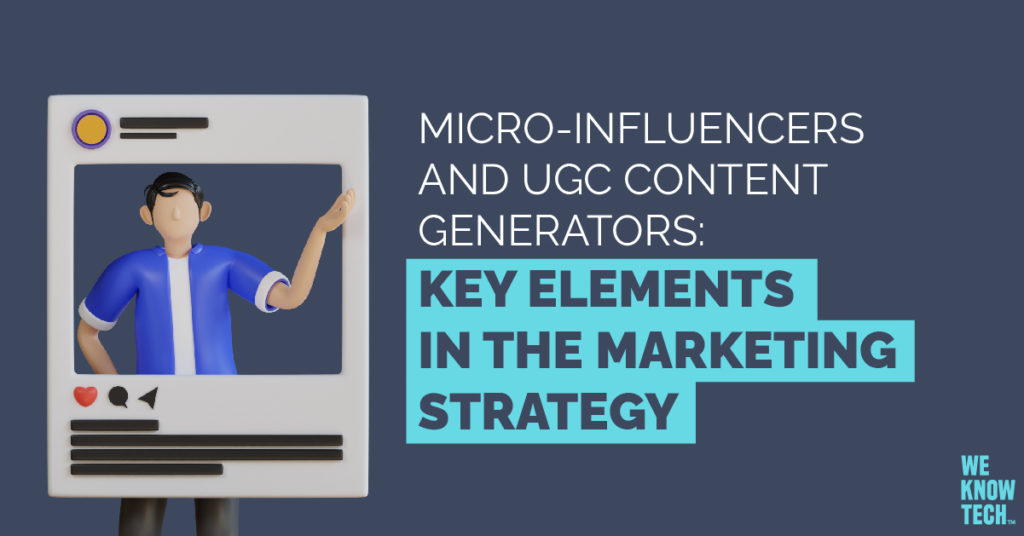


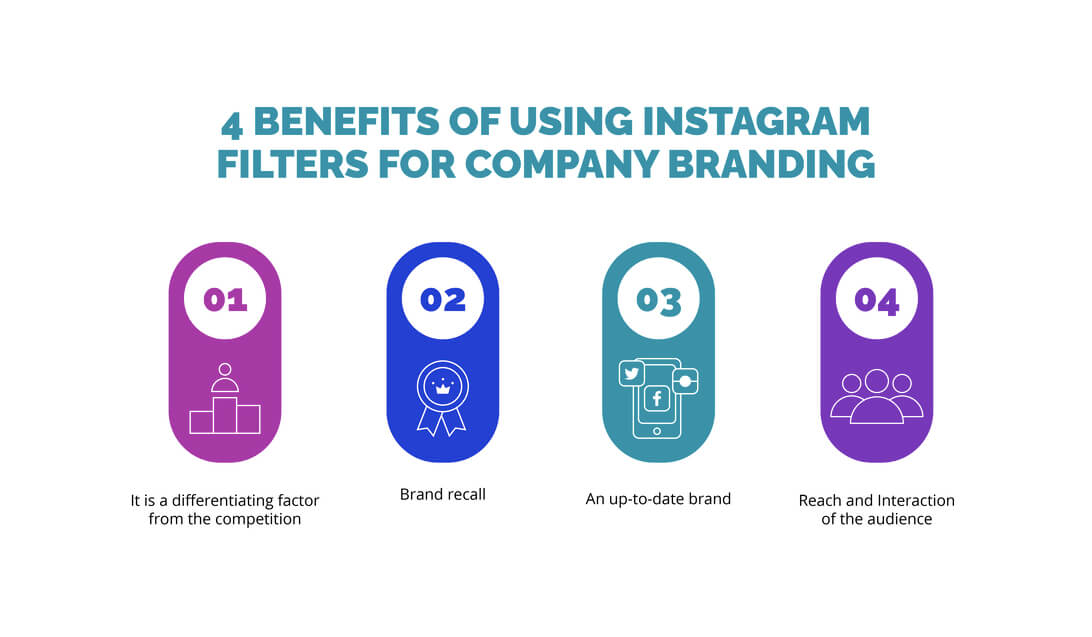
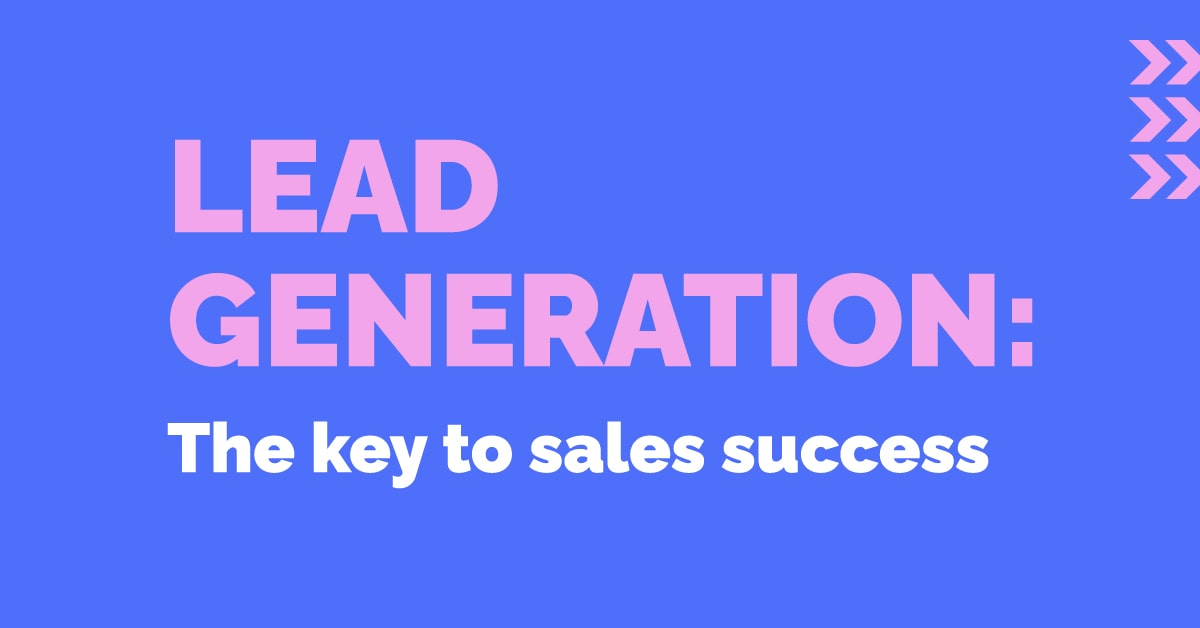

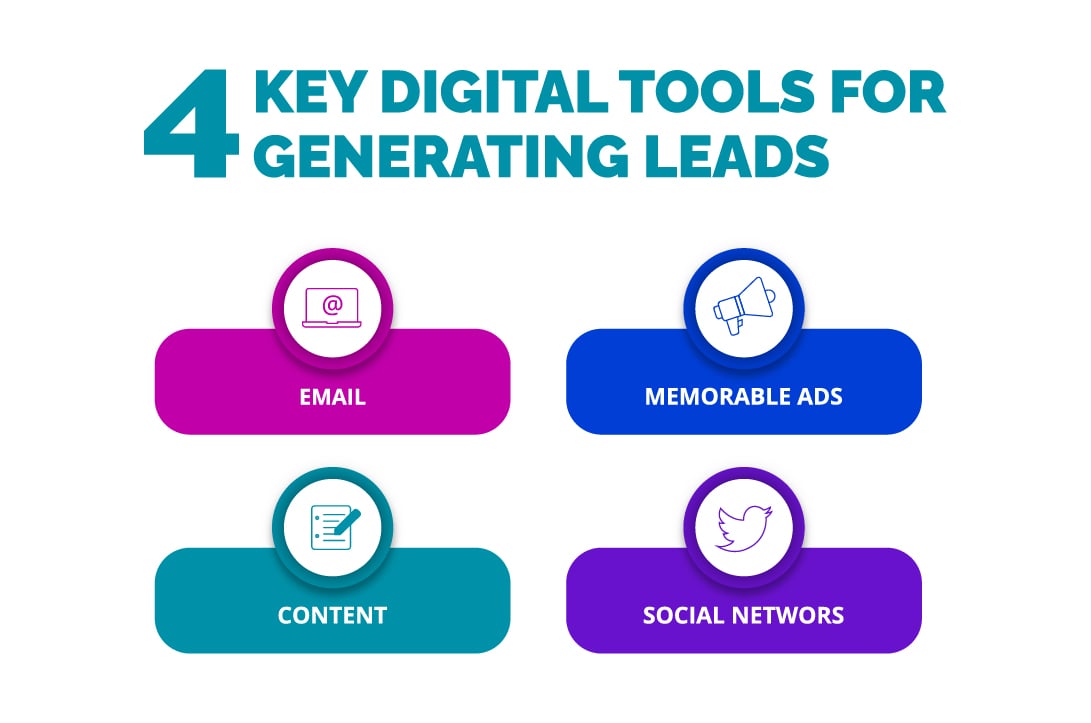

 During the most critical times of the pandemic, we were faced with the absence of the “outfit of the day”, fashion events, incredible trips, and recommended hot spots. In such a frightening scenario, showing off the latest workout routine or skincare product did not make much sense. Influencers with millions of followers were called out for throwing parties in the midst of a pandemic, or for expressing anti-vaccine and anti-mask sentiments. As a result, they lost followers and, as every influencer fears, lost their contract with sponsors.
During the most critical times of the pandemic, we were faced with the absence of the “outfit of the day”, fashion events, incredible trips, and recommended hot spots. In such a frightening scenario, showing off the latest workout routine or skincare product did not make much sense. Influencers with millions of followers were called out for throwing parties in the midst of a pandemic, or for expressing anti-vaccine and anti-mask sentiments. As a result, they lost followers and, as every influencer fears, lost their contract with sponsors.
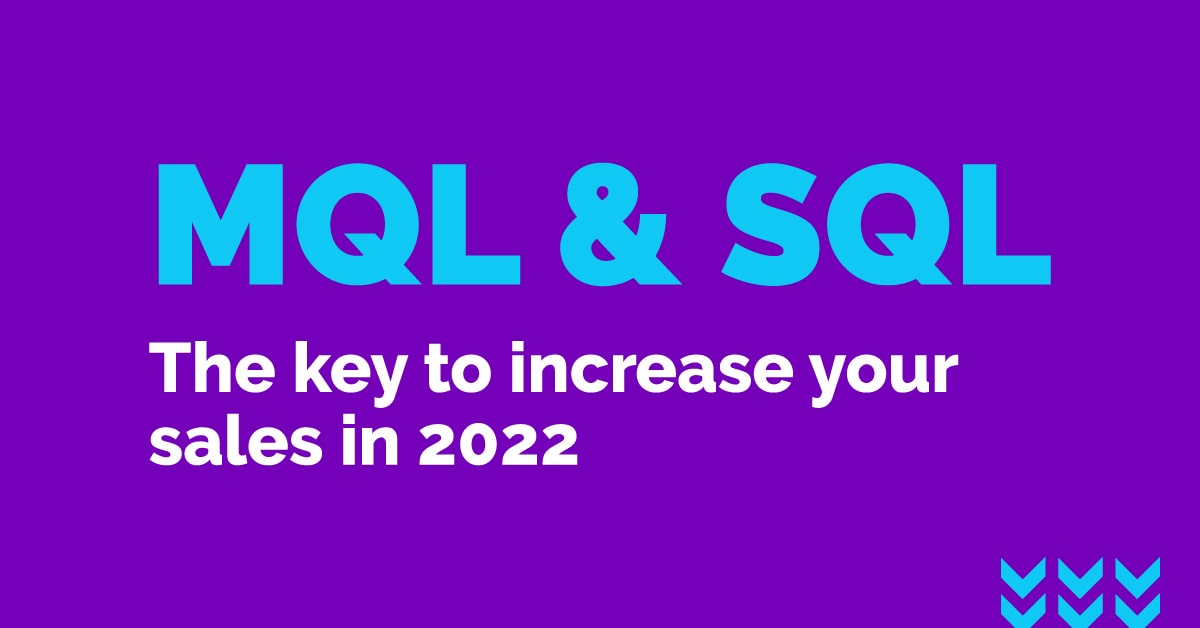
 Lead generation is the basis of inbound marketing strategies (a commercial methodology that seeks to attract customers by creating valuable content.) However, not all leads are the same, and the path between the moment a user shares their data with us for the first time and the point at which they are ready to exercise the purchase action. For lead generation to work, it is essential to identify two stages in the process: Marketing Qualified Lead (MQL) and Sales Qualified Lead (SQL).
Lead generation is the basis of inbound marketing strategies (a commercial methodology that seeks to attract customers by creating valuable content.) However, not all leads are the same, and the path between the moment a user shares their data with us for the first time and the point at which they are ready to exercise the purchase action. For lead generation to work, it is essential to identify two stages in the process: Marketing Qualified Lead (MQL) and Sales Qualified Lead (SQL).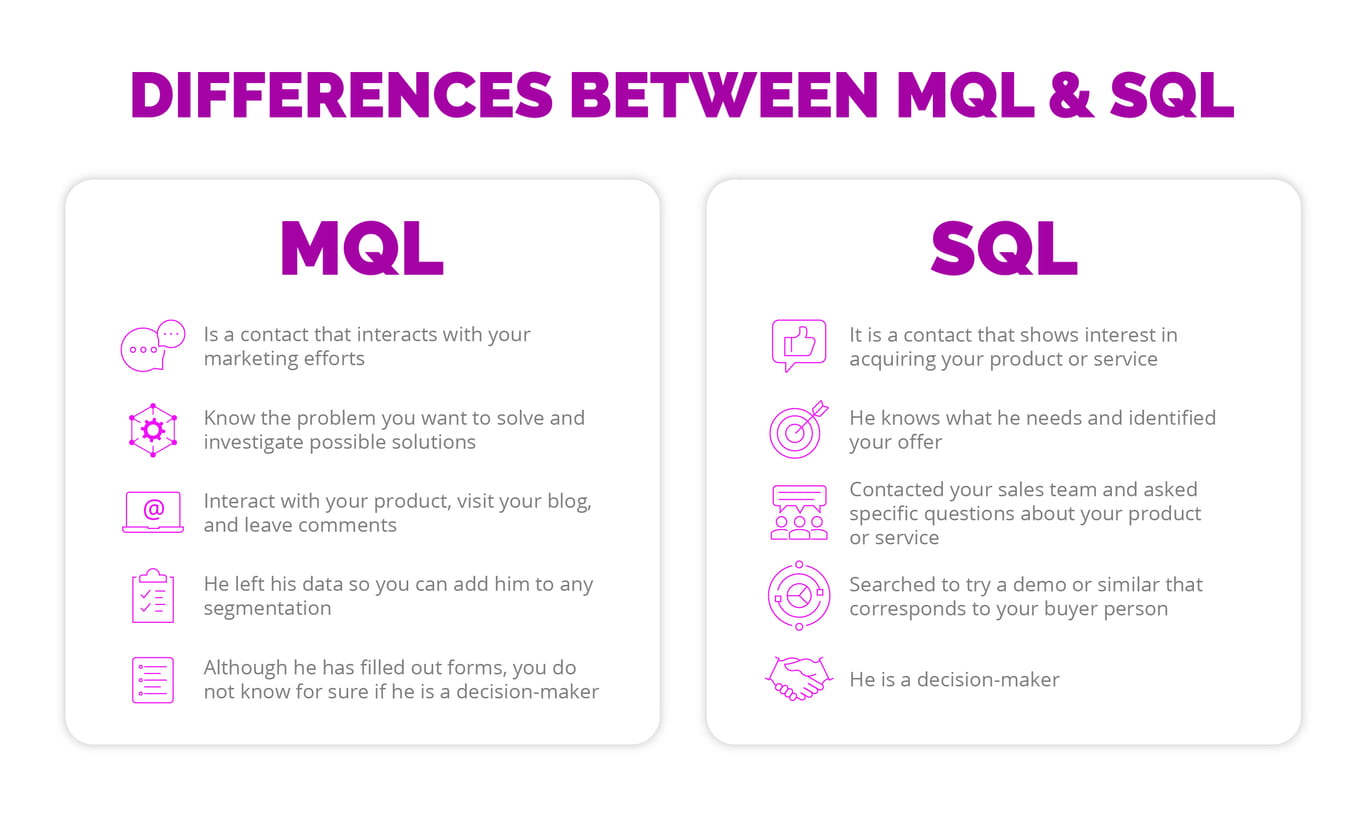
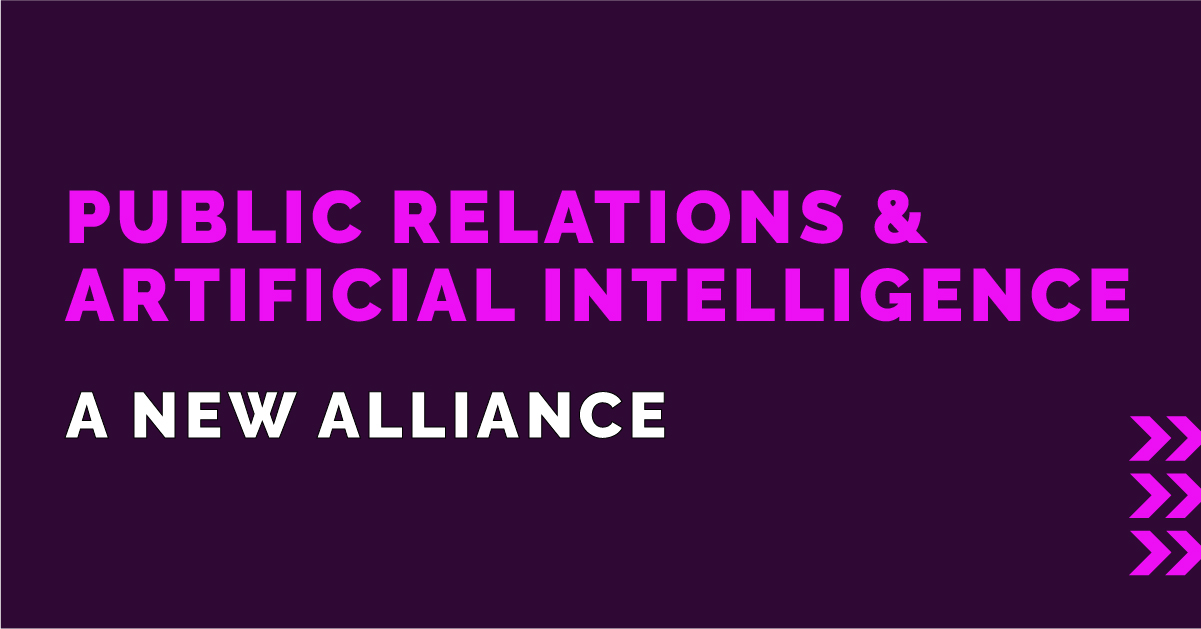
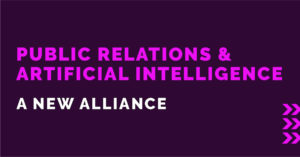 As digital transformation advances, many companies are turning to Artificial Intelligence (AI) to streamline repetitive processes and become more efficient. Public relations (PR) does not avoid this reality, since more efficient and successful public relations campaigns may be created by making clever use of AI. According to a study by the CIPR (Chartered Institute of Public Relations), the use of this technology in PR will triple in the next five years.
As digital transformation advances, many companies are turning to Artificial Intelligence (AI) to streamline repetitive processes and become more efficient. Public relations (PR) does not avoid this reality, since more efficient and successful public relations campaigns may be created by making clever use of AI. According to a study by the CIPR (Chartered Institute of Public Relations), the use of this technology in PR will triple in the next five years.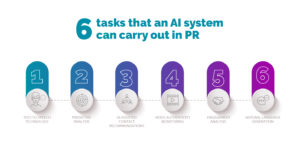

 One of the biggest challenges when writing on digital platforms is making the texts clear, concise, and useful. There is a powerful tool for this known as UX Writing (User Experience Writing), which is nothing more than writing based on the user’s experience, interaction, and emotions during the process.
One of the biggest challenges when writing on digital platforms is making the texts clear, concise, and useful. There is a powerful tool for this known as UX Writing (User Experience Writing), which is nothing more than writing based on the user’s experience, interaction, and emotions during the process. 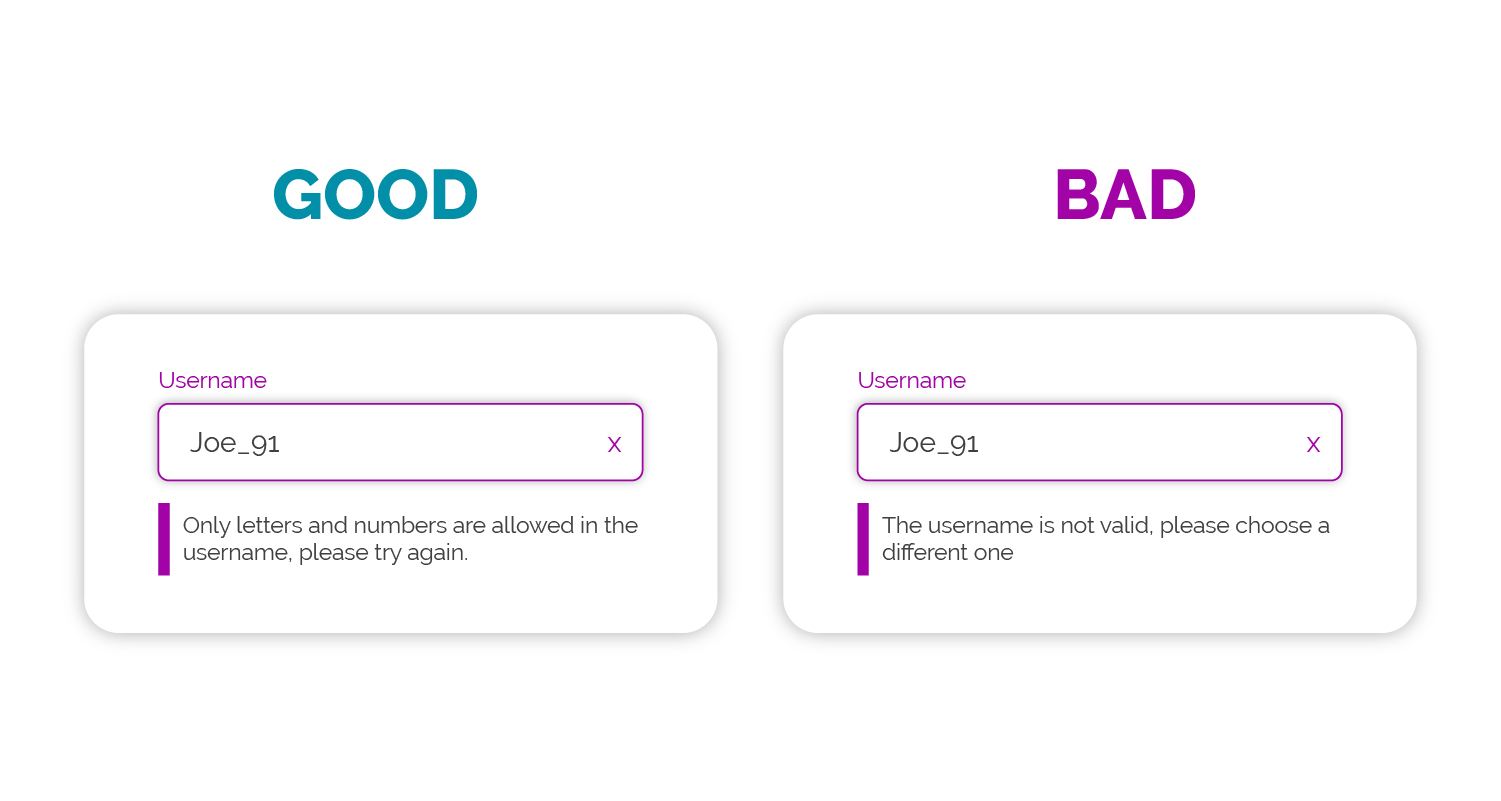
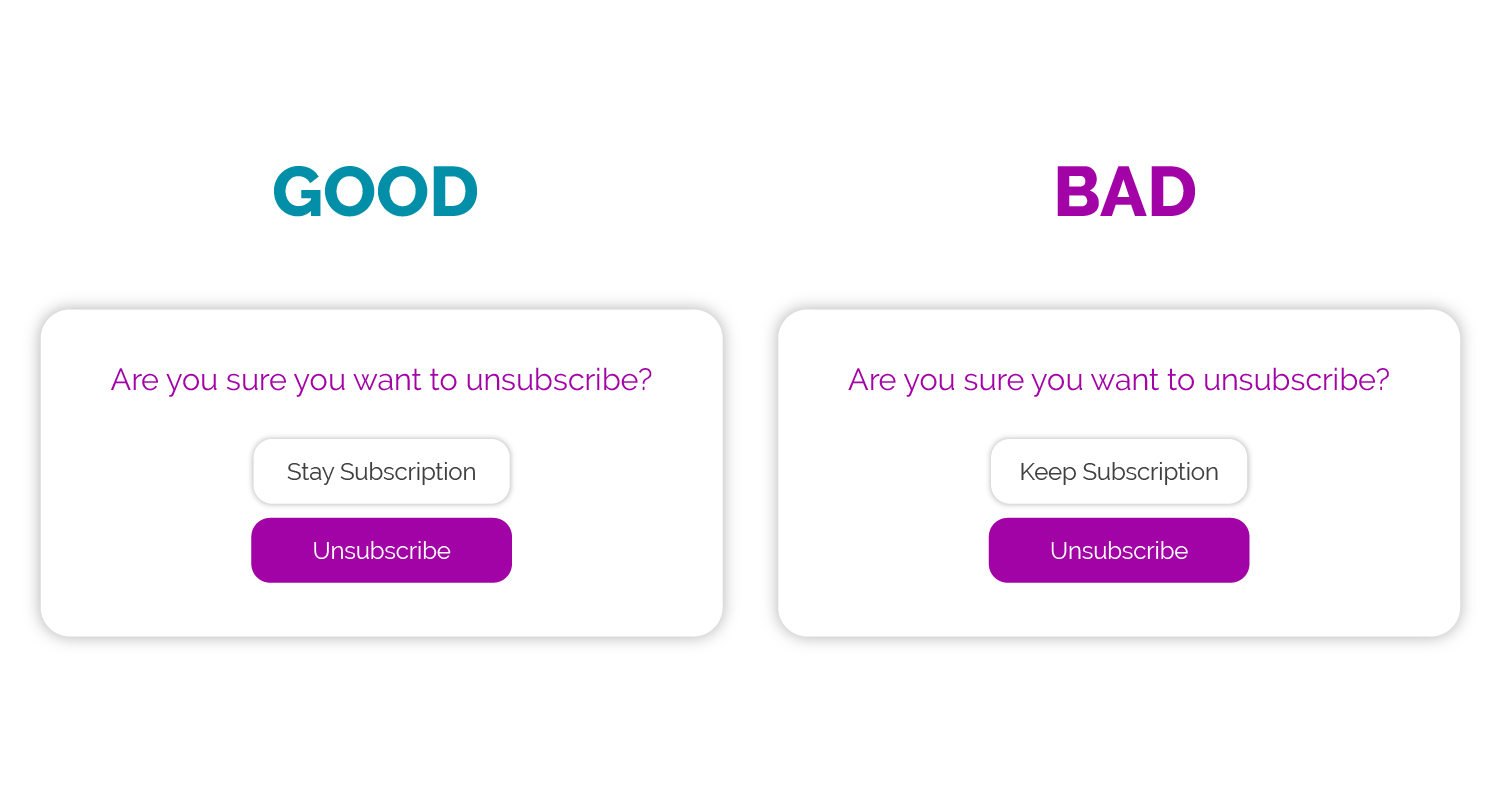
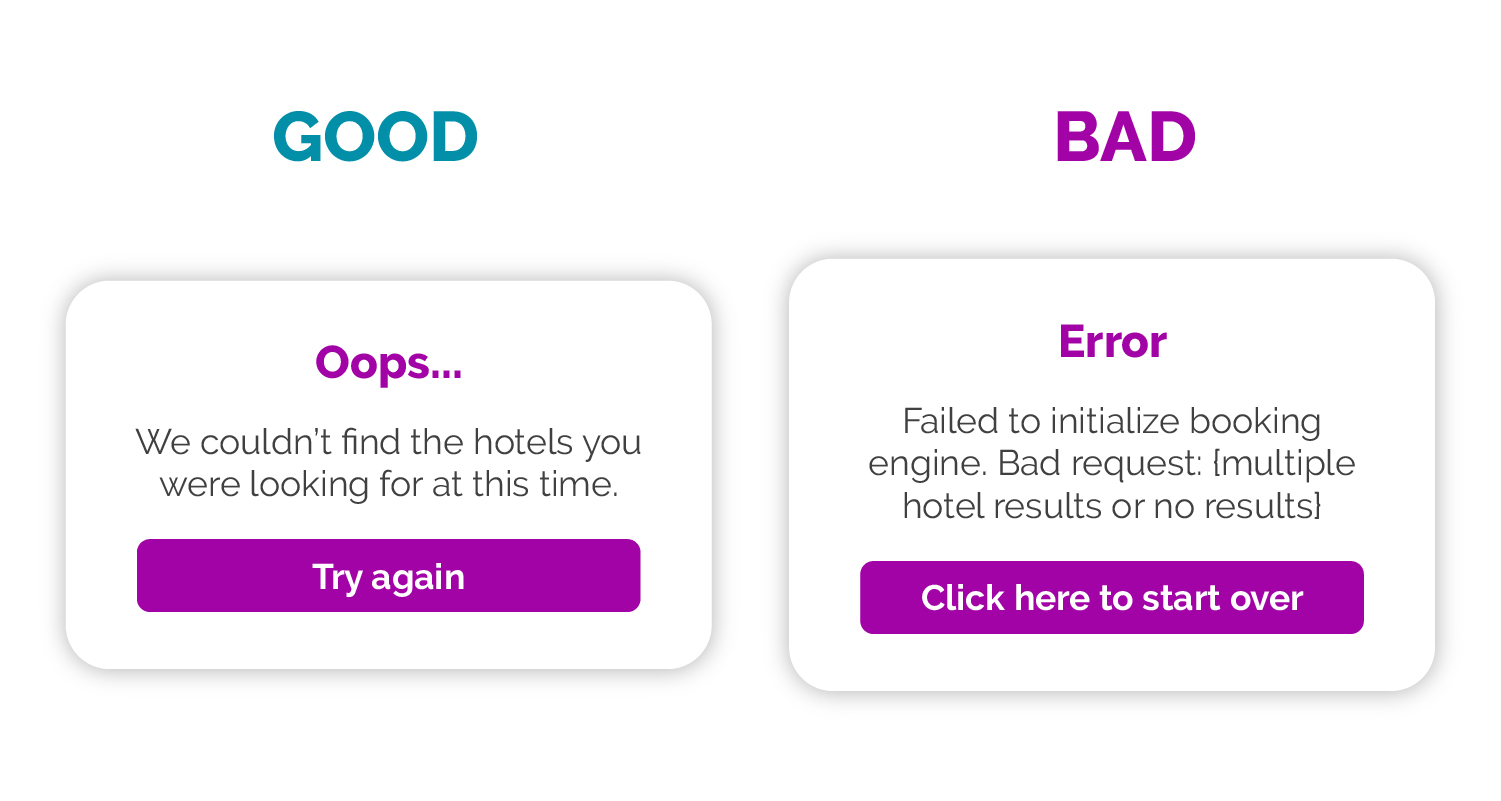


 Customer prospecting is of the utmost importance for any business. In the case of companies in the Business to Business (B2B) sector, the rationale is that their target audiences are more rational, specialized, and informed compared to those in the Business to Consumer (B2C) market, which requires a methodical, analytical, and a very orderly segmentation process. This comment is especially relevant after understanding that, according to
Customer prospecting is of the utmost importance for any business. In the case of companies in the Business to Business (B2B) sector, the rationale is that their target audiences are more rational, specialized, and informed compared to those in the Business to Consumer (B2C) market, which requires a methodical, analytical, and a very orderly segmentation process. This comment is especially relevant after understanding that, according to 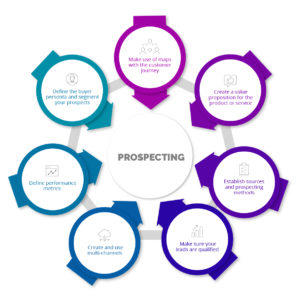
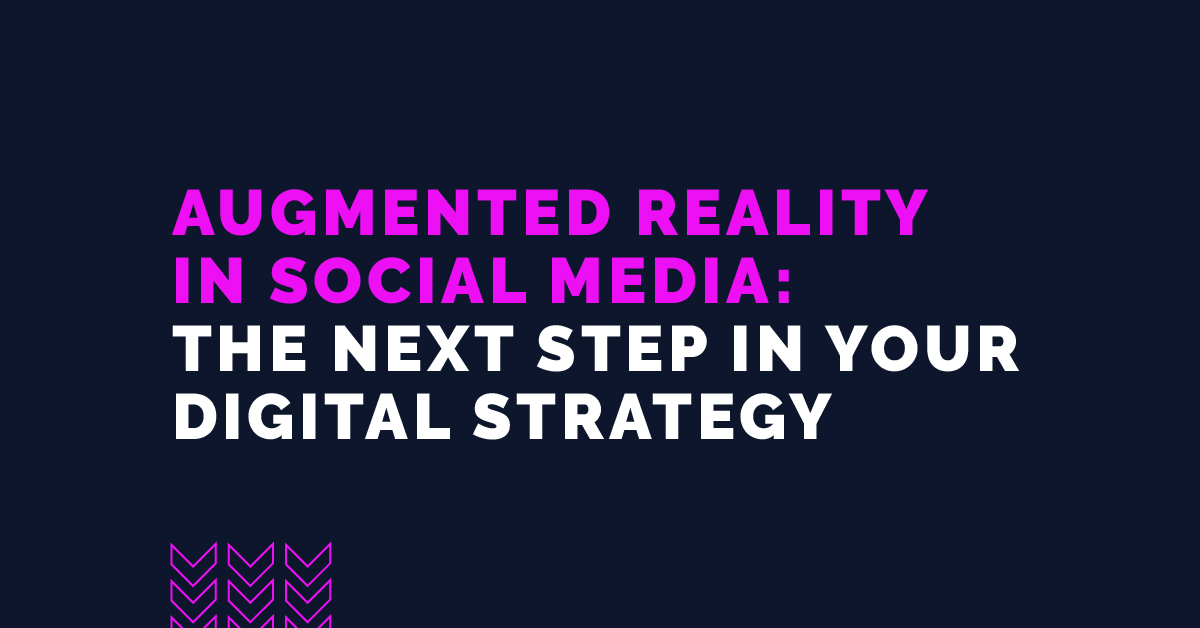
 What is augmented reality?
What is augmented reality? 


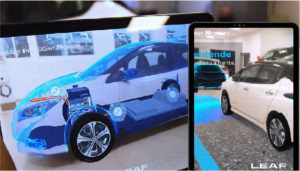

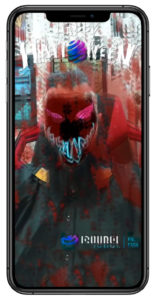
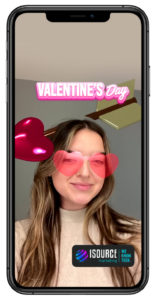

 Design thinking is an iterative process that utilizes a set of design techniques to generate, develop, and test new ideas in order to create products and services that are technologically possible and financially viable.
Design thinking is an iterative process that utilizes a set of design techniques to generate, develop, and test new ideas in order to create products and services that are technologically possible and financially viable.
